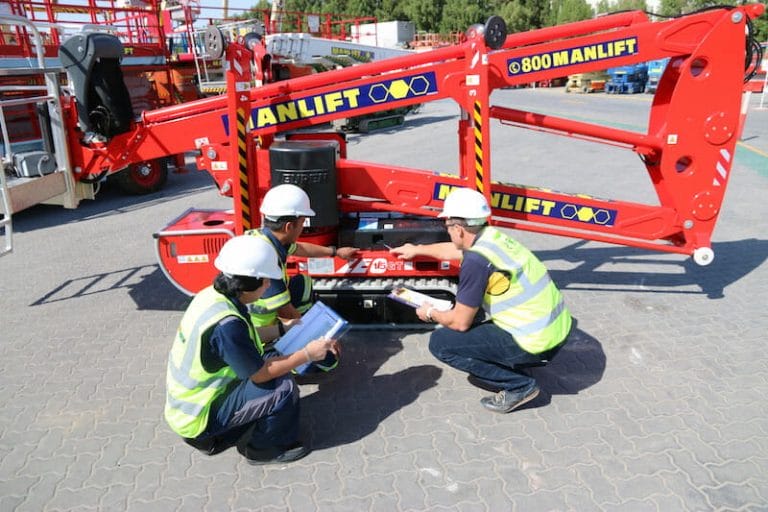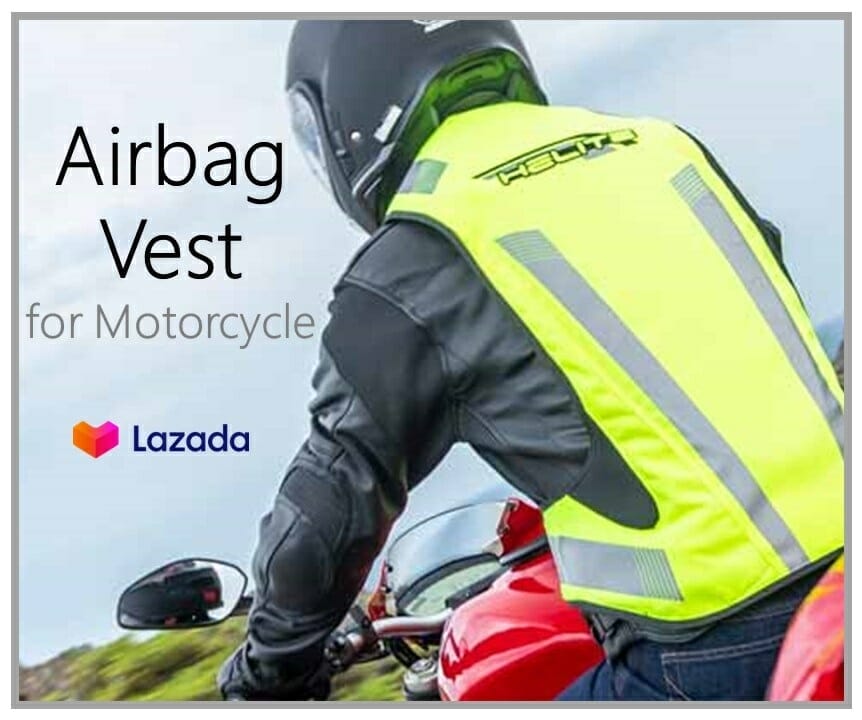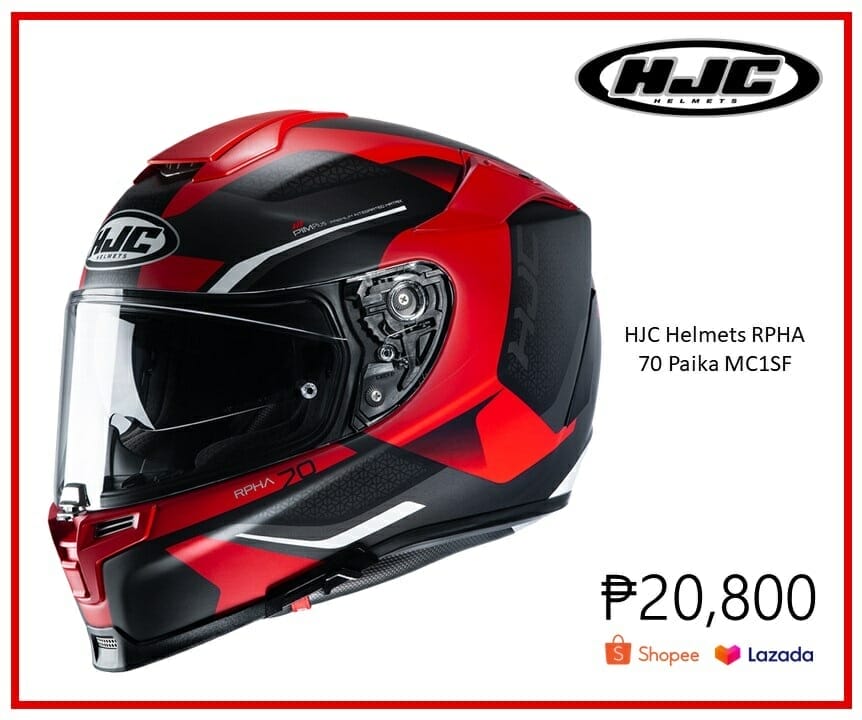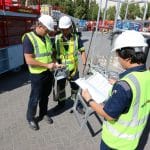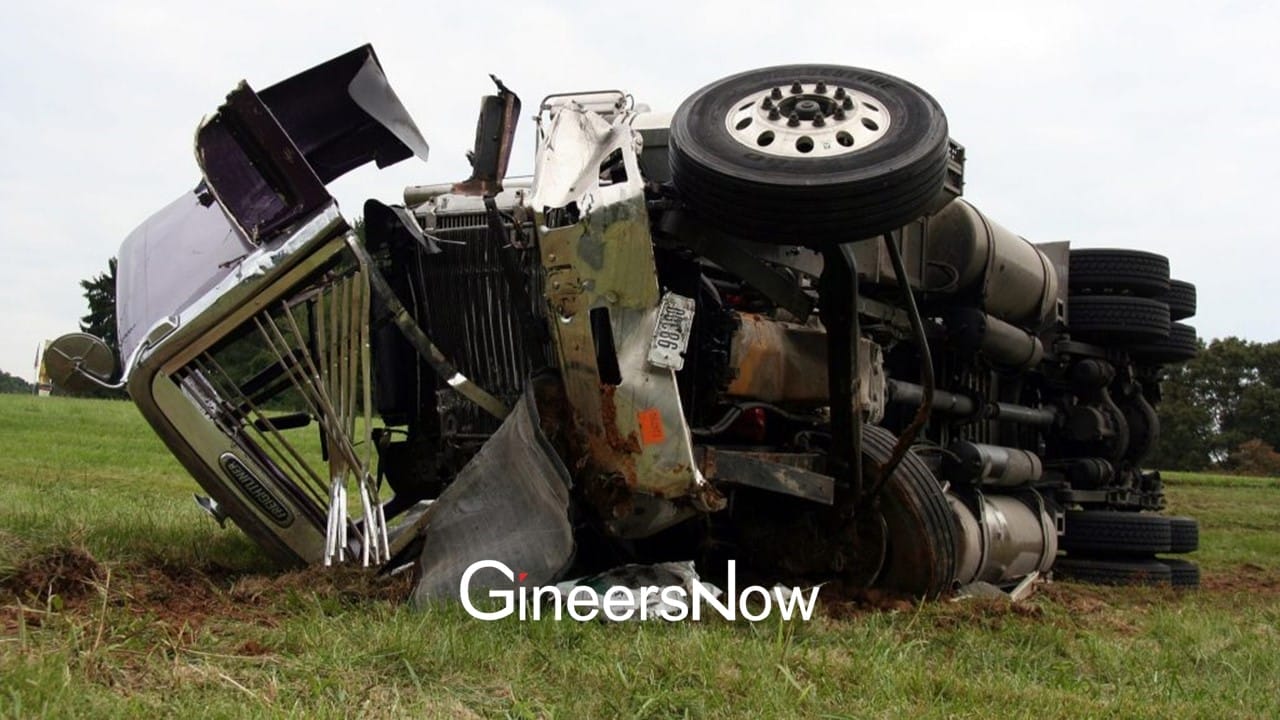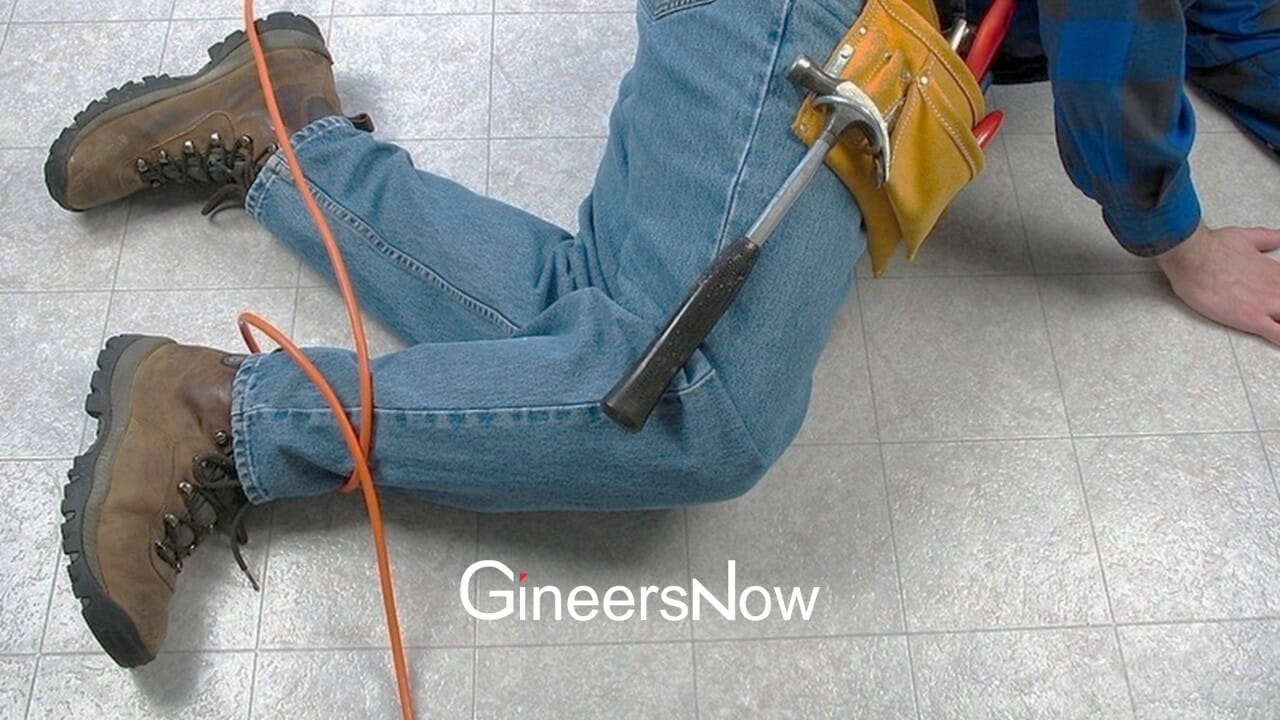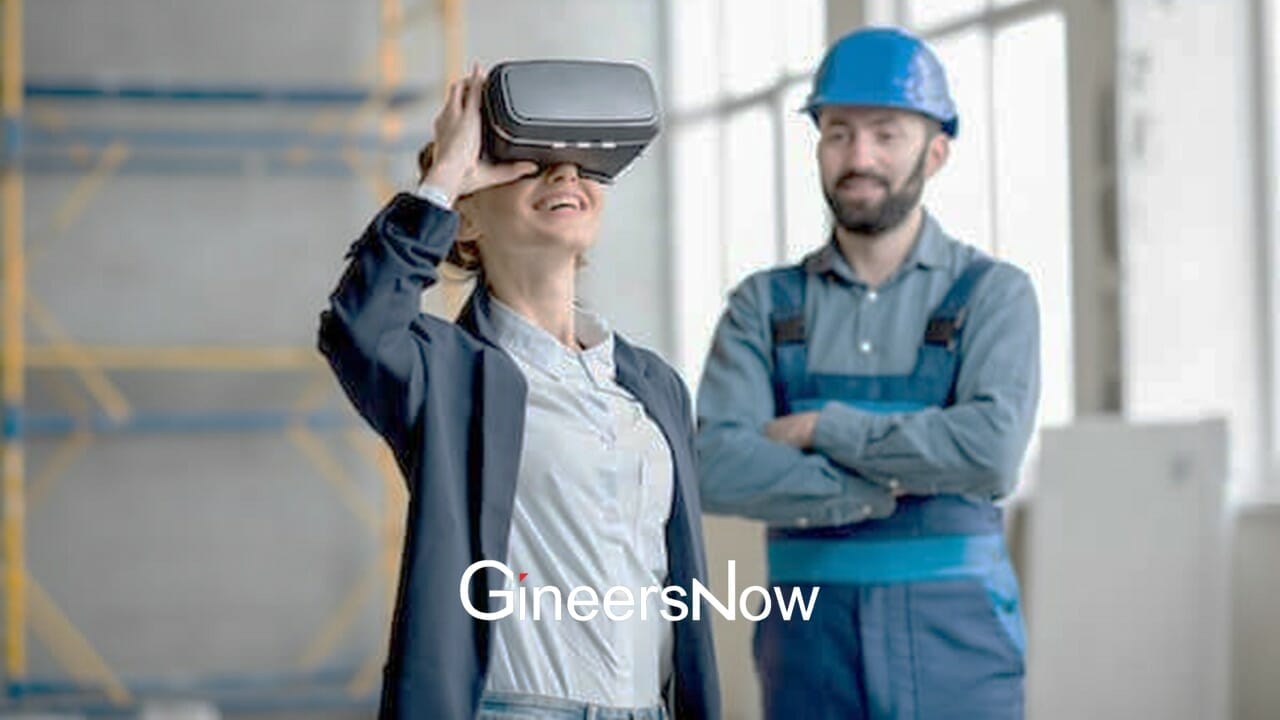It was clearly established in the first article of this two-part post how important it is to perform proper planning and preparation when working with Mobile Elevating Work Platforms or MEWPs. Leading safety experts, Wim van Meer (at Riwal) and Robert Cavaleri (at Manlift), highlighted that there are five key steps to work safely at height and minimize the risk of accidents.
The first two steps, which are the site survey and risk assessment and the selection of the right MEWP, are just as critical as the remaining three listed below.
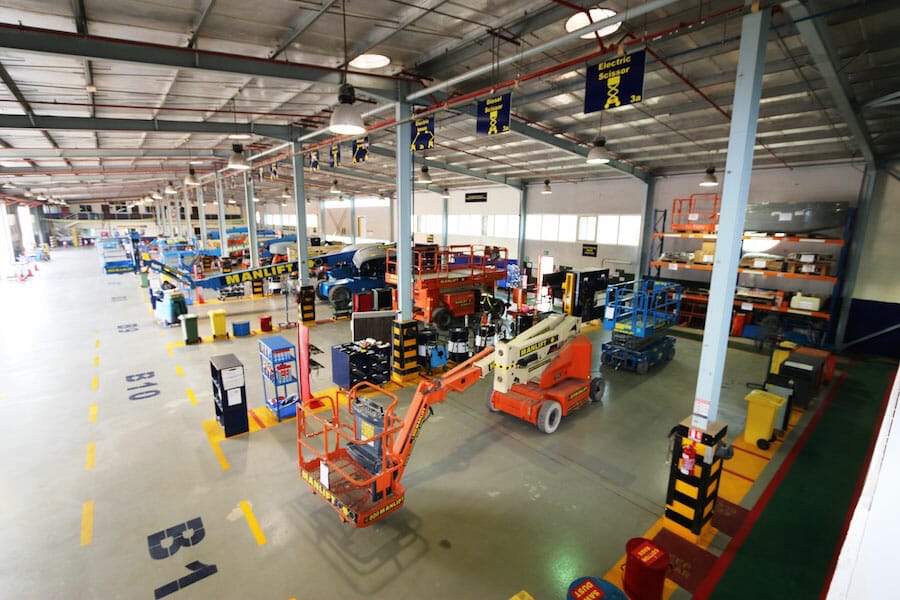
Pre-use inspection
Before using any equipment or machine, it is imperative for workers to ensure that what they will operate is safe and in its best condition. That is basically why there is what we call as pre-use inspection.
This is the task of a competent person. He or she must carry out an inspection, in this case on the MEWP to be used. Notably, that person should hold an IPAF PAL card, meaning he or she is a certified professional trained to conduct a pre-use inspection in platform operations.
Essentially, the pre-use inspection is a visual and functional walk around aimed to secure the work platform’s condition both at ground level and at height.
In the operator’s manual, pre-use inspection steps are often specified by the equipment manufacturer. This is the best checklist to use for it gives particular details on how the machine should be before it is operated.
The inspector should look for different faults in MEWPs like malfunctions, damaged equipment or parts, missing safety materials, and system leaks, among others. The pre-use inspection also involves an operation and emergency function check, testing on all safety devices, personal protective equipment, and integrity of the guard rail system, and going over cables and wiring, tires, wheels, braking system, outriggers, stabilizers, levels of engine or hydraulic oil and coolants, et cetera. All parts of the MEWPs should be tight, complete, and in their right places.
PPE selection
Securing the MEWPs through inspection is one thing, wearing personal protective equipment is another.
This step is part of the risk assessment in step one and in pre-use inspection in step three but only as a reminder. In step four, the specifications of the PPE should be observed and qualified to ensure the operator’s and workers’ safety.
For MEWPs, the PPE is specific due to the nature of the job.
There should be a personal restraint system in the form of a full body harness having an adjustable restraint lanyard. It is now a safety requirement for many countries particularly when dealing with boom lifts in a construction site.
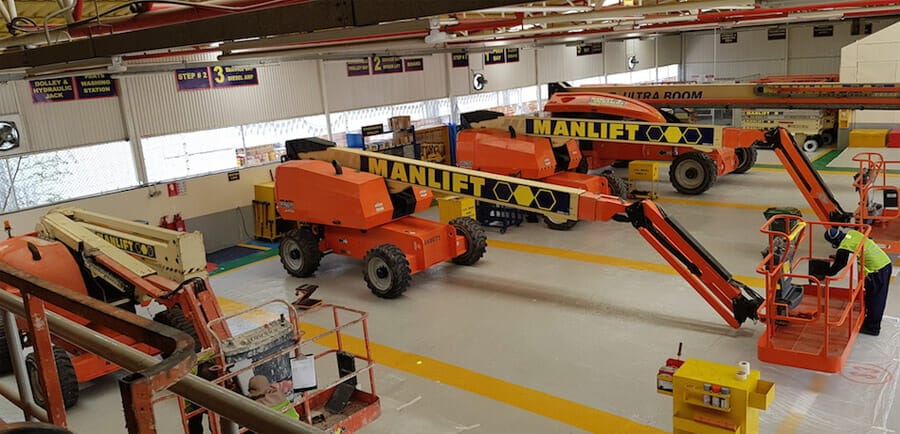
Last-minute checks
One more step and using MEWPs should be smooth sailing. The last step is the last-minute risk analysis or LMRA, which is a final, brief risk assessment done by the MEWP operator.
The following questions can be asked by the MEWP operator as a guide during the LMRA:
- Is it safe to use the MEWP in this work place?
- Is the working environment around the area where the MEWP is in use safe?
- Are my tools and PPE in the correct condition?
- Do I know how to raise the alarm if anything goes wrong?
- What are the escape routes in case of emergency?
- Do I know the location of the nearest first aid kit and fire extinguisher?
When in doubt, it is best for the operator to consult the supervisor before commencing any work. The man or woman behind the MEWP should have full confidence in the machine that he or she will use.
At Manlift, we see to it that this proper planning and preparation is executed, and that the workers are well aware of how important safety is when working at height. Our highlight offering, the Mobile Elevating Work Platform, comes with a responsibility to educate the operators and workers in using the equipment. Safety is the core of the trademark Manlift Way.


